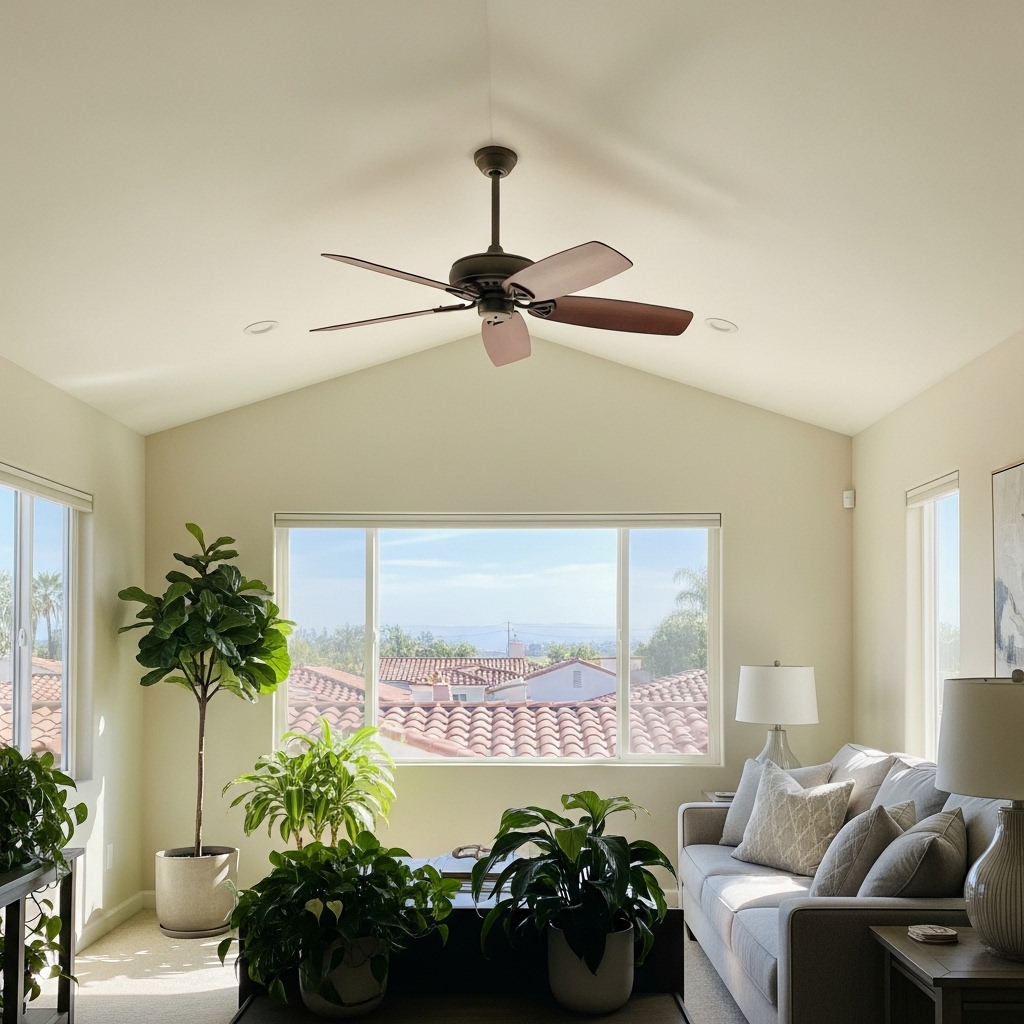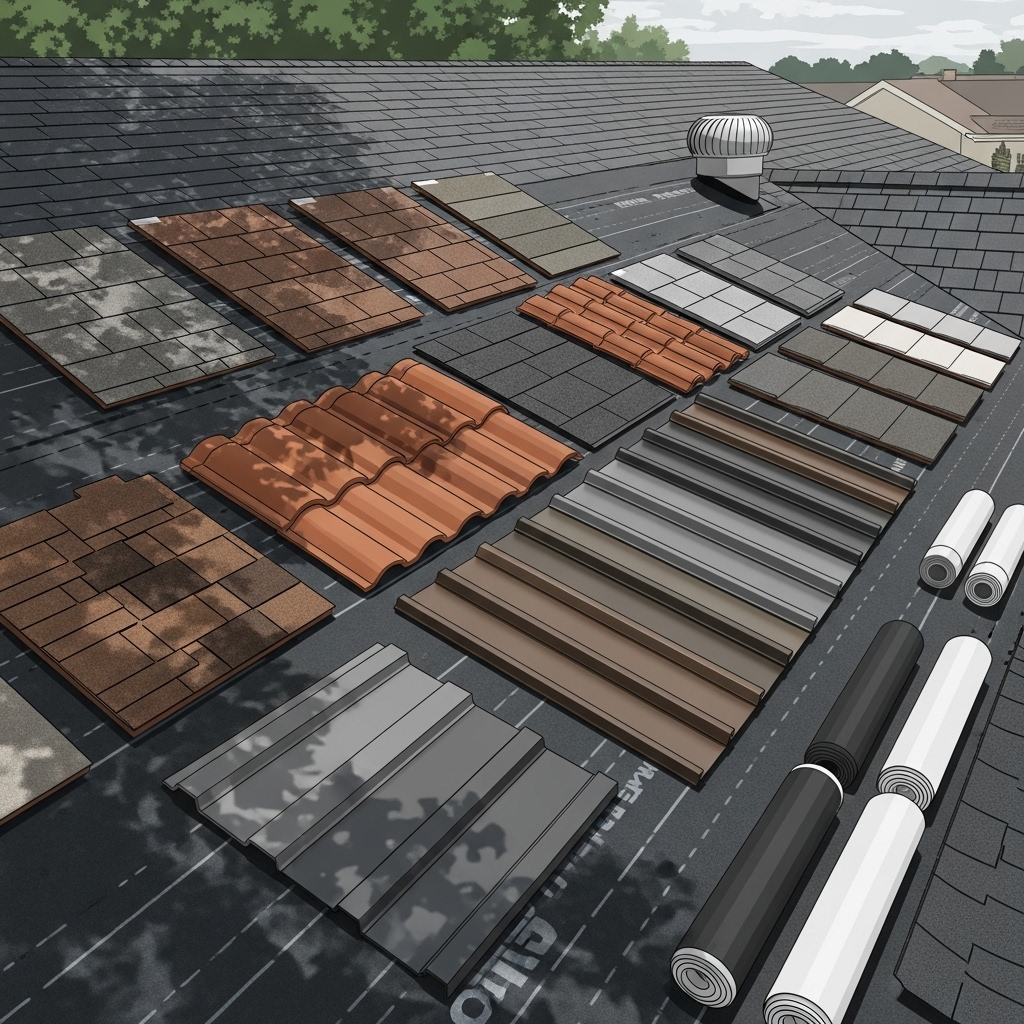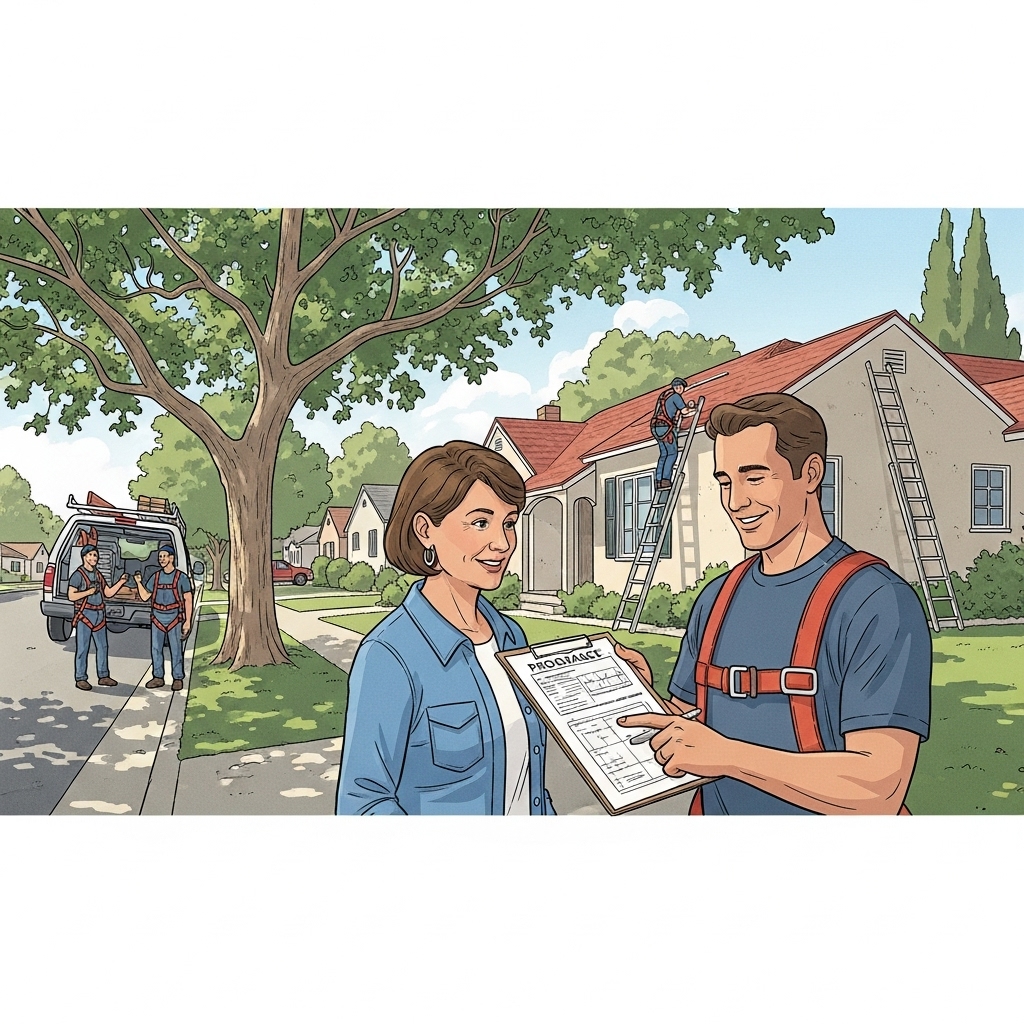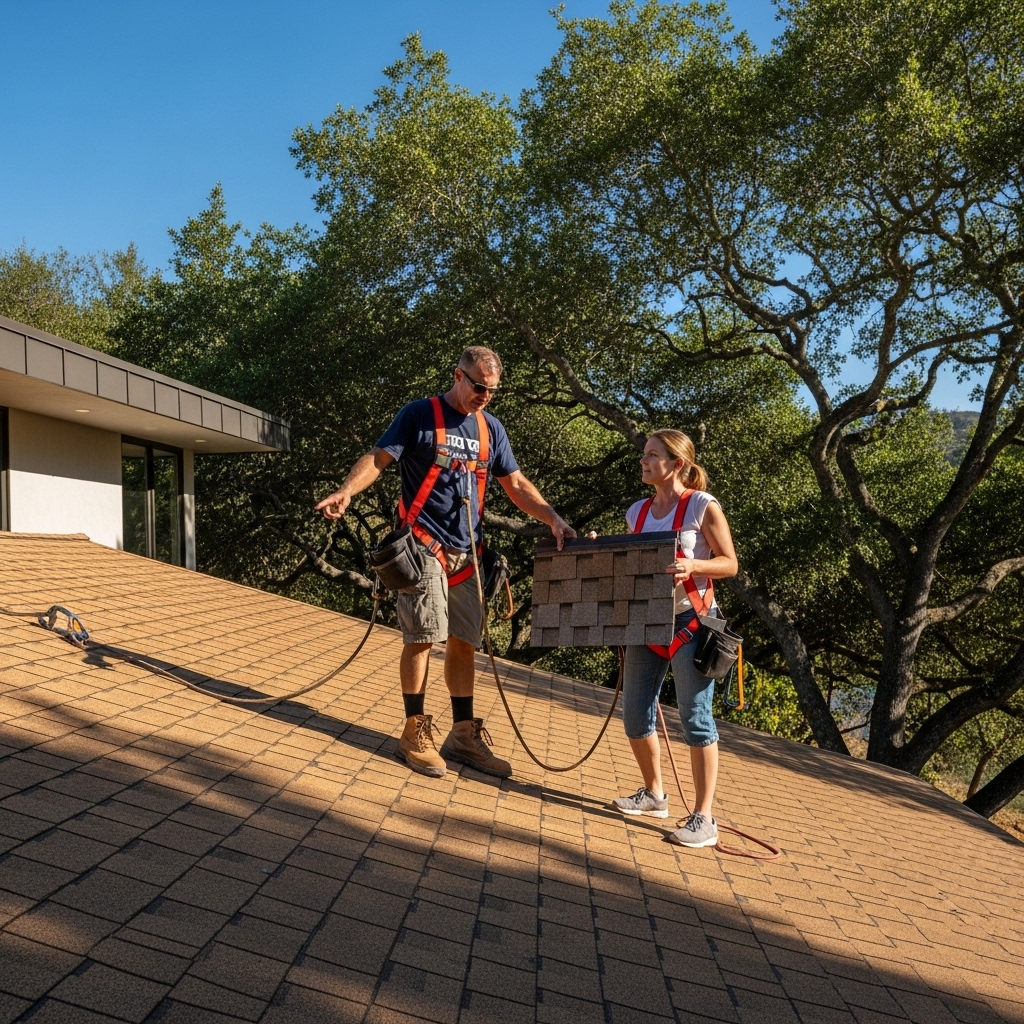Santa Barbara’s climate is famous for its gentle rhythms, yet our homes still experience notable swings between marine mornings and sunlit afternoons. That daily arc makes cool roofing a natural fit: by reflecting sunlight and radiating heat efficiently, reflective roofs keep living spaces calmer, support HVAC longevity, and reduce energy demand without changing the way you use your home. If you are curious about the benefits in a coastal city like ours, it helps to begin with a broad understanding of cool roofing and then look closely at the aspects of comfort and efficiency you will feel throughout the year.
Comfort you can feel in every room
Reflective roofs lower surface temperatures significantly under direct sun, which in turn reduces heat flow into the attic and living spaces. In Santa Barbara, where a foggy morning can give way to an unexpectedly warm afternoon, a cool roof keeps upstairs bedrooms, sunny living rooms, and west-facing kitchens more even. You notice it at the small moments: stepping into a quieter, less stuffy room late in the day, or relaxing on a second floor that no longer feels a degree or two warmer than the rest of the house. Over time, that steadiness changes how you use your home, because you are not chasing comfort with window shades and fans every afternoon.
Energy demand and HVAC relief
When the roof runs cooler, your cooling system works less. In our coastal environment, this does not always translate to dramatic thermostat changes, but it does reduce peaks—those periods when equipment would otherwise cycle frequently to keep up. Lower peak load means less mechanical strain, which supports longevity. Even for homes that rely mostly on natural ventilation, a reflective roof helps keep ceilings and attics cooler, so your evening breeze feels more effective.
Synergy with the marine layer
People sometimes assume that the marine layer makes cool roofs unnecessary. In practice, the opposite is true. After a foggy morning lifts, the sun can feel intense, and roofs soak up energy quickly. A reflective surface limits that spike. By the time evening returns and the air cools again, your interior temperatures are still in a comfortable range. This synergy—keeping heat out during brief warm periods and releasing it efficiently as the day cools—supports the lifestyle that draws people to Santa Barbara in the first place.
Indoor air quality and quieter rooms
Cool roofs contribute to comfort in less obvious ways. When attics run cooler, ductwork in those spaces sees less temperature swing, which supports more stable air delivery. Rooms often feel quieter as well, not because the roof silences sound, but because equipment does not cycle as frequently. The home’s rhythm becomes easier: fewer midafternoon adjustments and a calmer evening transition as the sea breeze returns.
Durability that compounds benefits
Reflective roofs absorb less heat, which lowers thermal stress on membranes, underlayment, and fasteners. That moderation is valuable in Santa Barbara’s coastal environment, where salty air and UV exposure work hand in hand. Cooler surfaces resist cracking and premature aging, and the assemblies below them enjoy a gentler thermal life. Over the years, this adds up to fewer interventions and a roof that retains its performance and appearance with minimal maintenance.
Neighborhood character and appearance
Santa Barbara’s architecture celebrates warm, natural tones and elegant lines. Modern cool roofing aligns with that aesthetic. Reflective shingles and tiles come in subtle colors, and low-slope membranes can be tinted or paired with trim details that soften edges visible from patios. The goal is a roof that you hardly notice because it looks right at home. From the street, the home reads as welcoming and coherent; inside, you enjoy the comfort that reflectivity delivers.
Solar integration and compounding efficiency
Reflective roofs and solar panels are natural partners. A cooler roof surface can support panel efficiency, and planning attachment points during roofing preserves waterproofing and keeps arrays tidy. The combination lowers energy demand while producing clean energy, reinforcing Santa Barbara’s commitment to sustainability. For homeowners considering solar in the future, building a reflective roof now sets the stage for a smooth, efficient installation later.
Attic ventilation and whole-home balance
Cool roofing is most effective when paired with balanced ventilation and sensible insulation. In bungalows near the beach, where framing can be compact and airflow limited, modest vent improvements help clear moisture and heat. In hillside homes with sun-exposed slopes, a combination of reflectivity and ventilation keeps late-day heat from lingering upstairs. Contractors who take a whole-home view will evaluate these elements together, so the benefits show up in real ways—quieter evenings, more restful sleep, and consistent comfort from room to room.
Microclimates across the South Coast
From the Mesa to Montecito, Goleta to Carpinteria, subtle differences in wind, sun, and fog shape how a cool roof performs. Near the ocean, corrosion resistance and easy-to-clean finishes help maintain reflectivity. Inland, slightly warmer days reward materials with strong UV stability. The common thread is that reflective surfaces help smooth out fluctuations so you experience fewer spikes inside, regardless of the day’s mood.
Maintenance that fits a coastal routine
Maintenance for cool roofs is straightforward: periodic rinsing to remove salt and dust, clearing drains and gutters before seasonal shifts, and quick visual checks after windy spells. These small habits preserve reflectivity and ensure water moves cleanly across the roof after light rains or misty mornings. Because the materials run cooler, they tend to stay cleaner and last longer with less effort, a welcome fit for a lifestyle that favors evenings outdoors and weekends on the move.
Environmental benefits for the neighborhood
Reflective roofs contribute to a cooler community by reducing the amount of heat absorbed in the built environment. That helps moderate localized temperature pockets and aligns with our region’s emphasis on sustainability. When many homes reflect more sunlight and run cooler, the collective effect supports grid stability and reduces the need for energy during warm spikes, which can be especially valuable on calm summer afternoons.
Design flexibility and historical sensitivity
For homeowners worried about appearance, today’s cool roofing products offer genuine choice. Tiles and shingles in soft, reflective hues blend with stucco and stone, preserving the sense of place that defines neighborhoods near the Mission or along the Riviera. Low-slope roofs visible from terraces can use tinted membranes or thoughtful edge details to minimize glare while maximizing performance. The right material feels like it was meant for the home from the start.
Everyday benefits you will notice
Perhaps the clearest endorsement of cool roofing is how it changes daily life. On a summer afternoon, your upstairs remains comfortable without constant adjustments. In the evening, the house settles into a pleasant equilibrium as the marine air returns. You run fans less, open windows more, and enjoy a steadier, calmer interior that invites you to linger.
What homeowners ask about savings
People often ask whether they will see immediate differences. Many do, particularly in rooms that once ran warm in late afternoon. Others notice a gradual shift as equipment cycles less and indoor temperatures stabilize. Some wonder if cool roofs make sense in a place with such a temperate climate; the answer is yes, because the benefits concentrate during warm spikes when you feel them most.
Choosing materials for your goals
The best path to comfort is the one tailored to your home. A low-slope area might benefit from a bright membrane or a coating, while pitched sections could use cool-rated shingles or tile. Pairing these materials with ventilation and insulation strategies yields the most consistent results. A site visit allows a contractor to see how light and wind move across your property and suggest a combination that fits your routines.
As you consider options, you may return to the basics of cool roofing to ensure your selections align with the comfort and efficiency gains you want. Reviewing reflectance values, maintenance expectations, and visual samples in natural light keeps the process grounded and clear.
Frequently asked questions
Do cool roofs look too bright from patios or upper windows? With today’s color options and textures, you can select a tone that softens appearance while maintaining reflectivity. Seeing samples outdoors is the best way to judge.
Will the marine layer reduce the benefits? The benefits often feel strongest after the fog lifts, when a reflective roof limits the quick rise in surface temperature and keeps interiors comfortable into the evening.
Are cool roofs durable along the coast? Yes, when specified with corrosion-resistant metals and compatible sealants. Regular rinsing removes salt and dust, helping materials retain performance and appearance.
Can I combine reflective materials on a mixed roof? Absolutely. Many homes use membranes or coatings on flat sections and cool shingles or tile on pitched areas, unified by careful flashing and coordinated colors.
Do cool roofs work well with solar? They do. Lower roof temperatures support panel efficiency, and planning attachment points during roofing preserves waterproofing and keeps arrays tidy.
FAQ: Will a cool roof make my home chilly in winter?
No. Our winters are mild, and insulation plays a larger role in winter comfort than roof color. The comfort gains during warmer periods outweigh any small differences during cooler months.
FAQ: How often should I clean a reflective roof here?
Light rinsing once or twice a year is common along the coast, with quick checks after windy spells. This routine maintains reflectivity and keeps water flowing freely.
FAQ: Can a cool roof help an older bungalow?
Yes. Even modest improvements in reflectivity paired with ventilation adjustments can make a noticeable difference in second-floor bedrooms and sunny living rooms common in older homes.
FAQ: What if my roof is visible from a terrace?
Choose soft, reflective hues and consider textured surfaces. Contractors can present samples in natural light to ensure the roof looks comfortable from your favorite vantage points.
FAQ: Will I need special maintenance?
Maintenance remains simple: periodic rinsing, clearing gutters and scuppers, and seasonal inspections. These steps are easy to schedule and support long-term performance.
Ready to enjoy a cooler, calmer home?
If you are ready to experience steadier comfort and support Santa Barbara’s energy-conscious values, now is an ideal time to explore reflective roofing for your home. Walk the property with a local professional, consider materials in natural light, and outline a light-touch maintenance plan. For a clear overview before you begin, explore trusted guidance on cool roofing, then schedule a site visit to design a roof that fits your lifestyle and the rhythms of our coast.






